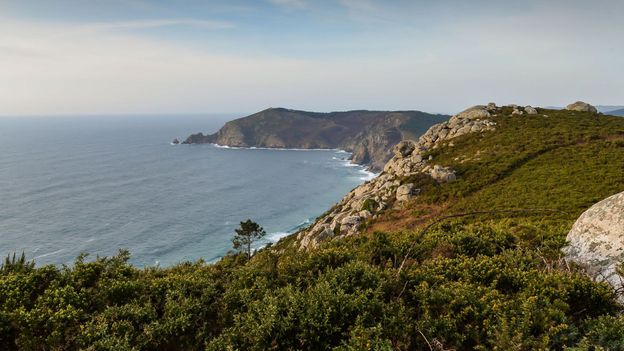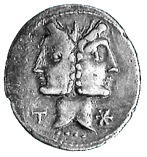Chacharm
Active Member
- Time of past OR future Camino
- Via Frances (2012) Vie Del Norte (2015) Via Frances (2016) Le Puy (2017)
Just after I returned home from my Camino in 2012 I saw a documentary on The Camino that said that long before St. James lived and died the Romans required people in newly acquired lands to make a pilgrimage to Rome in order to become true citizens of Rome. As that was really difficult for the people of what is today Spain, they allowed for a pilgrimage from the shrine of Janus to the Shrine of Venus (or maybe it was the other way around). One Shrine was located near SJPP and the other near Santiago. The doc also made reference to the concha/scallop shell as the symbol of Venus and said that there were remains of one or the other shrine somewhere on the Camino. Because completion granted citizenship pilgrims needed proof that they had walked its entirety (sellos on a letter of reference from a Roman official at the beginning and the end) and food and shelter businesses appeared along the route.
It also went on at length about the ley line running between the two places.
Has anyone else read about or heard about this? I can't find anything online about it. Veddy interesting if true.
It also went on at length about the ley line running between the two places.
Has anyone else read about or heard about this? I can't find anything online about it. Veddy interesting if true.


























